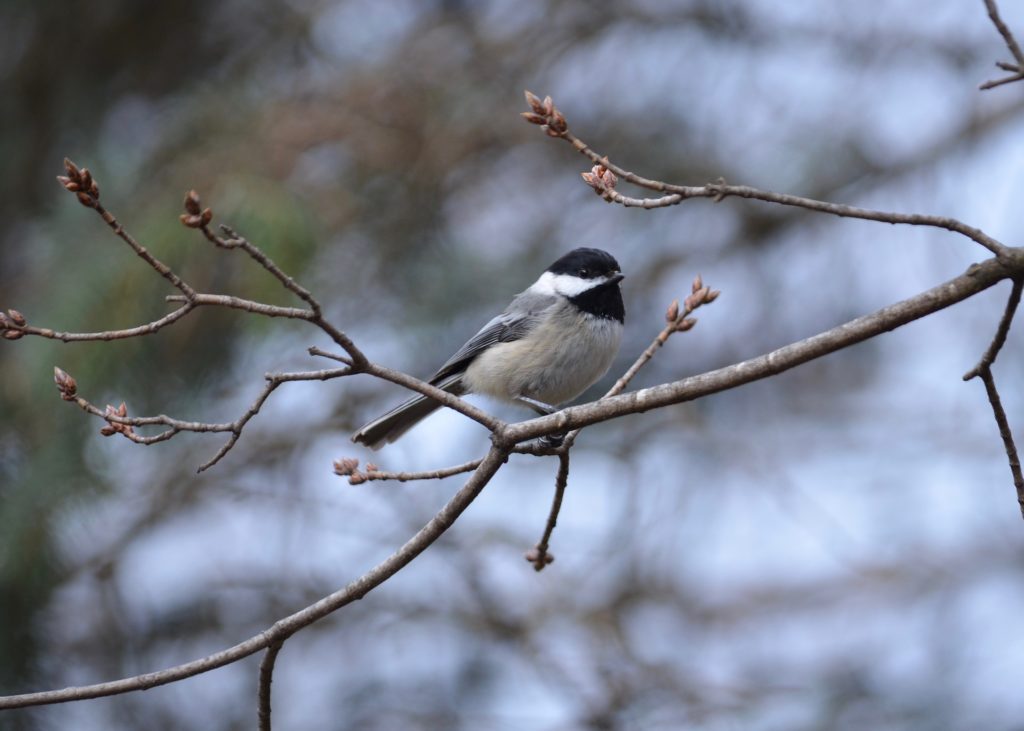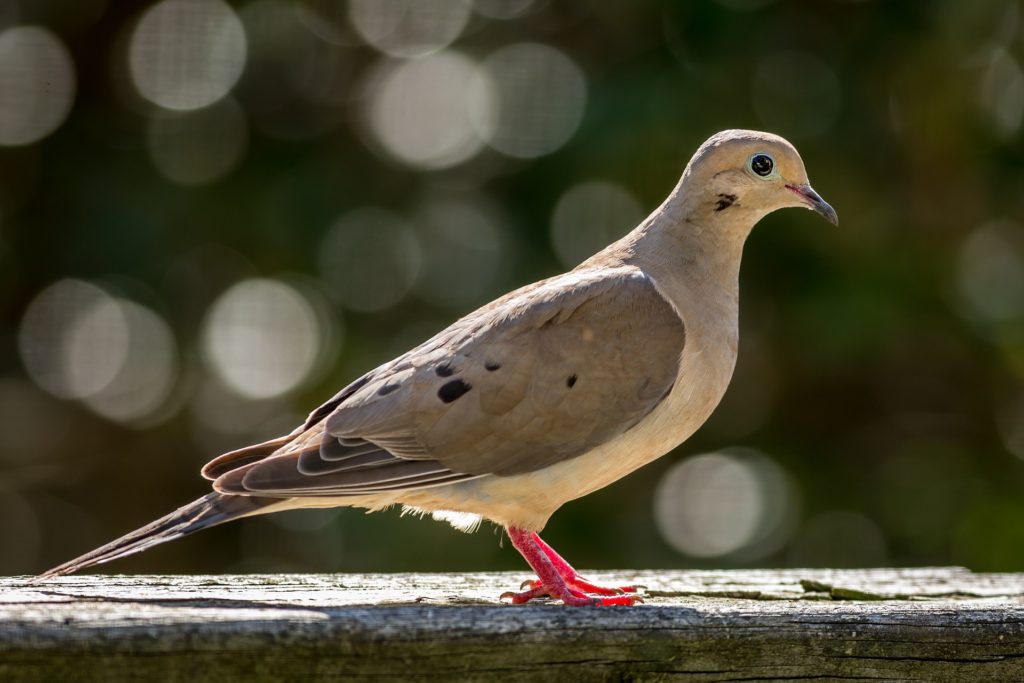
If you are a bird enthusiast and looking forward to having your own feeding station or just like to attract different birds to your backyard, you’re in the right place! This article about safflower seeds for birds will help you enhance your bird feeding experience.
Feeding the little chirpers is a task, isn’t it? Whether you are looking to feed your pet birds or just wanting to attract some birds for your bird-watching hobby, there remain some imminent questions that cause unwanted confusion.
Read this article to learn more about safflower seeds for birds and which birds eat them. It will apply to both the gardener and the birder in you!
More About Safflower Seeds
Safflower seeds are originated from the safflower flowering plants, scientifically known as Carthamus tinctorius. These plants come with a vibrant variety of red, yellow, and orange blooms. Their bulbous, scraggly and wide foliage makes them more beautiful by giving off a messy look. However, if you plan to garden safflower plants, this same beautiful foliage can become an inconvenience for you.
Currently, safflower is harvested in a variety of countries, including India, the United States, Mexico, China, and Argentina. However, this cultivation’s main motives are to extract the dyes out of the dense foliage or to obtain the safflower oil from the seeds. Not many are aware that safflower seeds prove to be one of the best bird seeds around!
Safflowers generally grow in arid climates and dry regions with significantly less rainfall. You can use them for gardening as well as bird seed. In order to grow them, try to create the arid conditions they need artificially. Once planted in a sunny, dry area, the natural fall of the seeds from the safflowers will help the plants regrow in the garden bed. Additionally, growing these plants will require a lot of taming.
Safflower seeds are an ideal food for birds. The seeds are rich in protein, fats, and fiber which provides the necessary nutrients birds require. These seeds are one of the greatest sources of nutrition a bird can acquire. However, when you put seeds in bird feeders, other pests like squirrels and chipmunks tend to get into them and finish off the seeds before your little birdies can even get to them. Want to know how to deal with these pesky squirrels and rodents? Keep reading!
Why Are Safflower Seeds Good for Birds?
Different bird seed types are required to feed different types of birds. Some of the best bird seeds are flaked maize, sunflower seeds, and peanut granules. Nyjer or thistle seeds are also some of the most common bird seed types that you would find in a bird seed mix. However, safflower seeds for birds are a recent addition to this list of bird seed types. The benefits are not only valuable to the birds but to the user as well.
First of all, safflower seeds are extremely low maintenance. These seeds are comparatively smaller than sunflower seeds and leave behind way less husk. Even though most birds cut these hard seed shells open to eat the kernels inside, the husk left behind usually blows away or decomposes. Safflower seeds decompose a lot easier when compared to the bigger sunflower seeds which require more maintenance.
Safflower seeds are a great addition to their diet and contribute to their nutrition content. The nutrients the birds acquire from eating these seeds are pretty similar to black oil sunflower seeds. As mentioned earlier, this seed is rich in proteins, fiber, and carbohydrates. This keeps the bird’s health in check.
Bird’s eating habits improve with safflower bird seeds. Their stools get firmer, and their overall health improves. Birds will improve their body physique as well after regular consumption of safflower seeds.
How to Feed Safflower Seeds to Birds?
Most of the birds who are supposed to eat safflower seeds are larger species. This is why you should ensure that you give the birds a good eating space. Safflower bird seed is best offered in large hoppers or platform feeders so the birds have ample space to nitpick through the seeds.
Tossing some safflower bird seed onto the ground is another great way of feeding the birds. Ground-feeding birds such as Doves and Quails usually pick up seeds from the ground rather than the feeders.
Safflower seeds look and taste slightly different from regular sunflower seeds for birds, so they generally take time getting accustomed to them. Initially, the birds might not even eat the safflower seeds. So, don’t be surprised if your feeder remains full for the initial days. Because of the change in taste and shape from regular bird seeds, you might face resistance from the birds.
At these times, rather than switching back to the earlier bird seed, you should use different feeding tactics to get the birds to try safflower seeds. At first, try to mix the bird seed, which is familiar to the birds, with the new ingredient you want to replace it with. The birds will probably sort through the mixes and only pick up their regular seeds at first. You can try mixing both types of seeds together and then gradually increase the ratio of the safflower seeds and finally omit the other bird seed.
You can also try using various types of feeders such as cylinders, hoppers, and tubes. As the shapes and the spaces might differ, the attraction levels to the birds might also change. Some species require larger space, while others just want to peck around and leave. Suitable to the kind of birds you are trying to target, choose an appropriate bird feeder.
After using such tactics, the birds are encouraged to try something new, and eventually, they get used to it.
Where Can I Get Safflower Seeds?
Safflower seeds for birds are a unique concept, and as mentioned earlier, not many are aware of the benefits. This is why you might not find safflower seeds in the bird feeding section in grocery stores or nearby pet stores. You might want to search further than that. In this case, you must try and visit some wild bird stores and animal stores. Wild birds and animals like safflower seeds which is why these shop owners tend to stock up on safflower seeds.
You can also purchase safflower bird seeds from online retailers. If you require the seeds more often, then it is better to purchase them in bulk. Pricing for these bird seed types is also quite affordable online, when bought in bulk. If you still aren’t having any luck, try searching for a “Cardinal blend.” A Cardinal blend is a mixture of different varieties of bird seed. If you want to make the birds accustom to safflower seeds in particular, then a Cardinal blend with a customized proportion with more of the safflower bird seeds may do the trick.
It is recommended that rather than purchasing seeds, you grow them in your garden! You can plant these seeds in your backyard in a good sunny area with minimal water supply, and boom! You have an endless supply of safflower bird seed!
Which Birds Eat Safflower Seeds?
Different bird seed types suit different kinds of birds. Seed-eating birds don’t generally have safflower seeds in their diet. However, they can grow fond of them once they are introduced.
Some birds like the Doves and Quails eat the safflower seeds as a whole without cracking them open. While other birds would crack the hard shell open to only eat the matter inside the shells.
Let us take a look at what types of birds eat safflower seeds so that you know exactly how to feed them and what types of birds they will attract.
Black-capped Chickadees
A small North American songbird, the Black-capped Chickadee, has a black-colored head area, making it look like it’s wearing a cap. With the otherwise off-white-colored body, Black-capped Chickadees are small in size and can feed on safflower seeds.

Carolina Chickadees
Another one from the Chickadee or the tit family Paridae! Very similar to the Black-capped Chickadee, Carolina Chickadees are also a common feeder of safflower bird seed. Tube feeders are the best fit for Carolina Chickadees. Platform feeders might also attract these birds.
Carolina Chickadees mostly visit feeders to find sunflower seeds, peanuts, and suet. So if you are looking to get any kind of Chickadees in your backyard, it might be a little tough at the start!

House Finches
A sparrow-like bird with a sparrow-like color, House Finches, is identifiable by their red designs on head and neck. This small species is also easily adapted to safflower bird seed.
Mustard seeds, thistles and, wild foods, and fruits being the favorites of House Finches. You can start serving little fruit seeds to get these birdies on your backyards regularly!

Indigo Buntings
Found mostly between Southern Canada and Northern Florida, the Indigo Bunting is a small bird seed-eating bird that belongs to the Cardinalidae family. Indigo Buntings are indigo or blue and are an easy catch for feeding Safflower Seeds.
While Indigo Buntings would usually feed on worms, you can occasionally get them on your feeders once their favorite sunflower seeds are served!

Mourning Doves
The Mourning Dove, also known as the Rain Dove, the Turtle Dove, the Carolina Pigeon, or the Carolina Turtle Dove is a bird belonging to the Dove family. Mourning Doves are ground-feeding birds, so it’s beneficial to toss the safflower seeds on the ground to attract these kinds of birds rather than storing the seeds in any type of feeder.

Other Birds That Feed on Safflower Seeds
Many other birds can be fed using safflower bird seed like Black-headed Grosbeaks, Blue Jays, Downy Woodpeckers, Evening Grosbeaks, Northern Cardinals, Purple Finches, Red-bellied Woodpeckers, Rose-breasted Grosbeaks and, Tufted Titmice. Generally, sunflower seed eating birds will quickly adapt to safflower seeds too.
Safflower seeds are the best bird seed, not because of the variety of birds that eat them, but because of the birds that don’t eat them! Don’t be worried about the pests and bigger species eating these seeds, they won’t even touch the safflower seeds!
Safflower Seeds are generally bitter in taste and different in shape than the regular bird seed types. This is why bigger birds like European Starlings, Grackles, and Blackbirds often leave these seeds alone. Because of the same reason or simply because safflower seeds require great effort to crack open, squirrels won’t disturb your feeders if they’re filled with these seeds either!
It is a great idea to add safflower bird seed to feeding stations where “bully birds” and pests visit.
Final Words
Safflower seeds for birds are still unknown to many. However, as the awareness grows, the cultivation of Safflower as a bird seed is also growing. Because of the great benefits safflower seeds come with, this is the best bird seed around.
Nutritious and easy to maintain, safflower could be a great addition to your feeders. Birds are always up for a new treat especially when it’s packed with nutrition! Try this bird seed, it’s one of the best money can buy and it will keep your favorite backyard birds coming back for more. Squirrels and Grackles? Not so much!
You can set goals to bird-watch after you have placed your safflower bird seed in your backyard and record your results.






